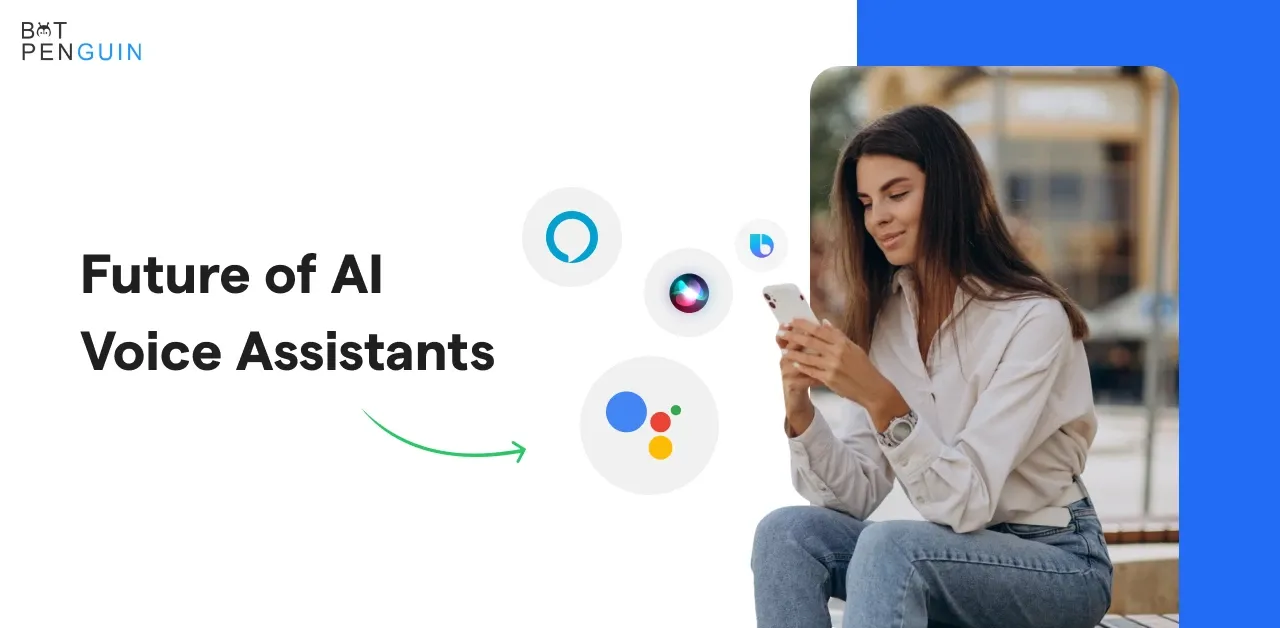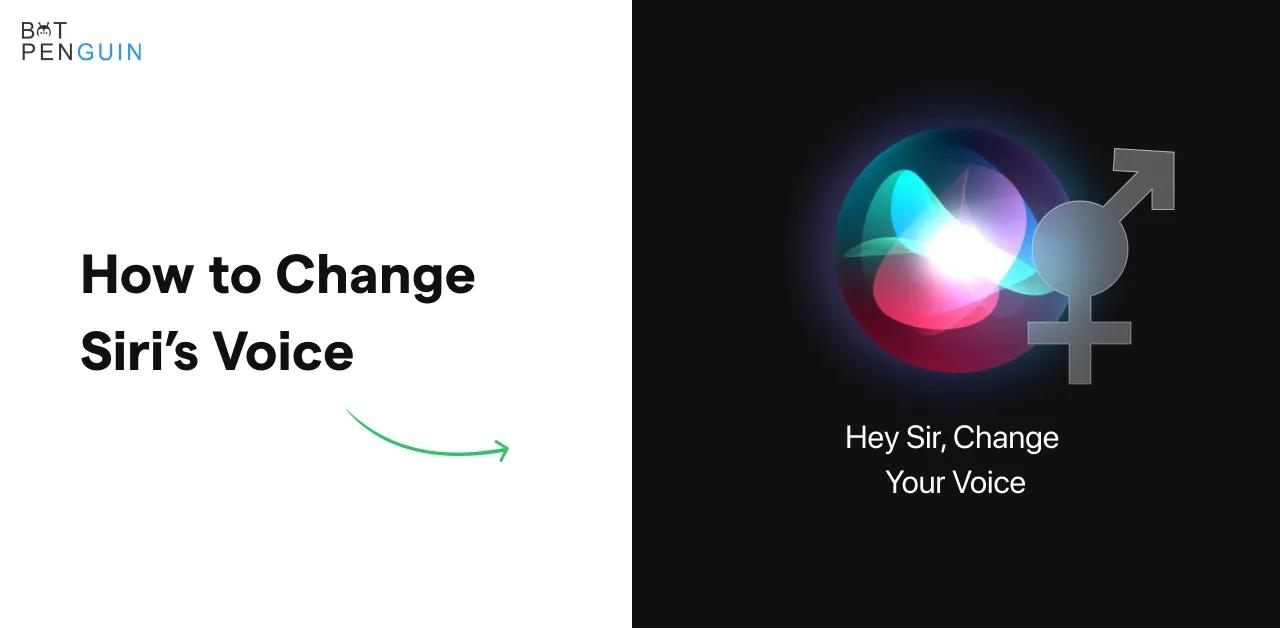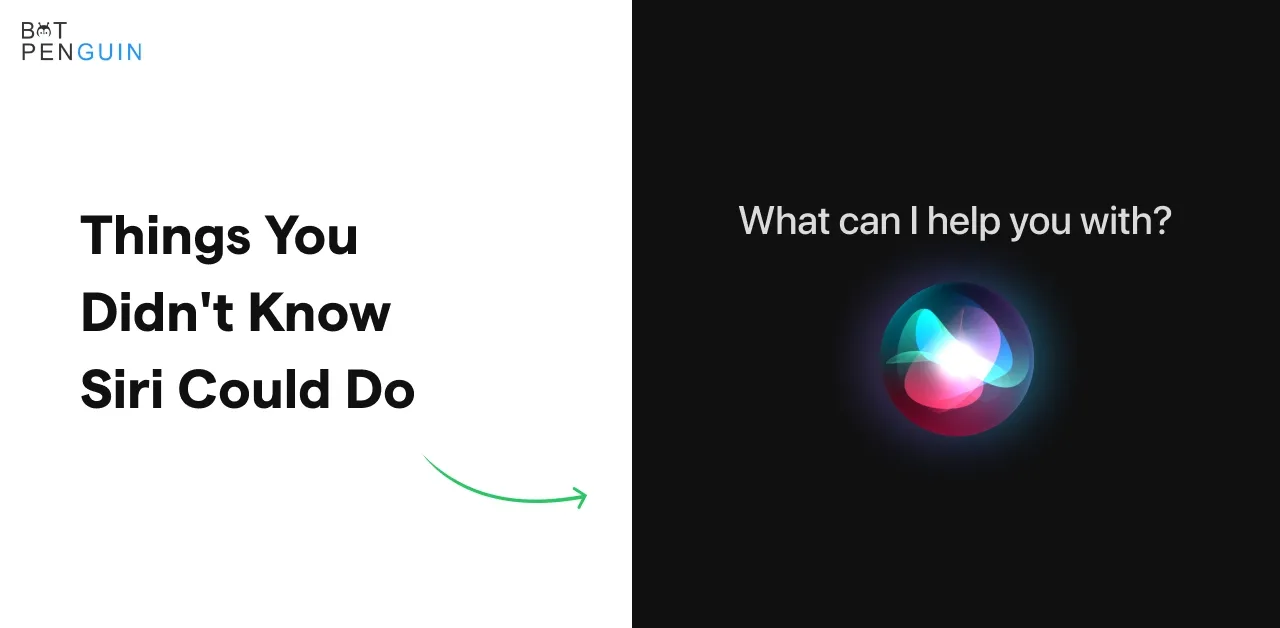You might be debating whether you require a smart speaker such as the Google Nest Mini, a smart display such as the Nest Hub, or neither. Do you want one with Google Assistant or one with Alexa, which is Amazon's competing speech assistant? Should you buy one right now, or should you wait till the next mysterious speaker from Google is released?
You've already made up your mind and purchased one of Google's smart displays or smart speakers, and now you're wondering what to do with it. Here are some suggestions.
I'll start by walking you through the fundamentals of Google Home. Then I'll go into everything else you can accomplish with it after it's up and running. I will also discuss the problems with the system and what the future holds for the Google Nest intelligent home.
Google Assistant, Amazon's Alexa, and Apple's Siri are the three most popular digital assistants embedded into smart speakers. We have compiled a buying guide to help you select the best smart speaker for your needs, and here is a comparison of these three digital assistants.
What exactly is Google Home, then?
The eponymous search company's version of a smart speaker was developed in response to the widespread adoption of the Amazon Echo.
The Google Home is capable of playing music. Still, its primary purpose is to serve as a vehicle for Google Assistant, an internet-connected voice-activated virtual assistant developed by Google. You can access the Google Assistant through Google Home is the same as that found on Android phones like the Google Pixel 4.
Google Home is constantly monitoring its surroundings. Still, it won't respond to your commands or record what you're saying until you say one of its preprogrammed wake words, "OK, Google" or "Hey, Google." The Google Home will always listen, but it won't record what you're saying until you say one of its wake words. Here is a rundown of the many commands you can issue to your Google Home.
Google currently offers three of its first-party smart speakers. The first Google Home, which sold for $100, was the device that introduced users to Google Assistant. The Google Nest Mini, which retails for $50, packs all of the original Nest thermostat's intelligence into a smaller, cheaper device.
In the fall of 2018, it succeeded Google Home Mini. The Google Home Max, which costs $300, incorporates Google's artificial intelligence into a speaker that is supposed to provide high-quality sound.
You can access the identical version of the Google Assistant service across all three speakers. They are quite different from one another in terms of size, sound quality, and cost.
The Google Home Mini, the Google Home Max, and the Google Home Max can all be set up using the same Google Home app, and they all respond to similar wake words and voice commands.
You may also utilize Google Assistant through several smart speakers that third parties developed. Some examples of these smart speakers include the portable TicHome Mini, the JBL Link series, etc.
All of the capabilities of Google Home discussed here are compatible with any smart speaker equipped with Google Assistant unless it is mentioned that they are not. Choose your presenter, and then go over our suggestions for getting started. Here are several tips and tricks that are exclusive to the original Google Home, as well as some tips and tricks that are exclusive to the Google Home Max.
Each Google Home speaker comes with a limited number of physical controls and voice commands that can be issued. You can adjust the volume, silence the microphone, and play, pause, or resume your music through a physical interface on the speaker. Watch the video provided below to get more information on these tactile controls.
Where can one go to purchase a smart speaker?
Through the Google Store, you can purchase the Nest Mini for fifty dollars, the original Google Home for one hundred dollars, and the Google Home Max for three hundred dollars.
Speakers produced by other parties, such as the JBL Link 300, which retails for $250, are also commonly available in electronic retailers. The prices of the Google Home and the Google Home Max were reduced during the past year, with the Max model becoming more desirable as a result (it now costs $300 rather than $400).
Making music
After you have finished configuring your Google Home, you may want to use it to listen to music. You can connect a Google Home to your phone like any other Bluetooth speaker and then use it to play the song you wish to hear from your phone's music library. Talk to Google and tell it what song you want to hear, and it will play it. If you can't remember the name of the song, you can even search for it based on the lyrics, or you may instruct it to start a playlist of songs from a specific genre.
Google draws music from several streaming sources, including YouTube, Spotify, and Pandora. You can select one of these services as your default in the Google Home app. When you do so, Google will search for that service when you ask for a song or a playlist. If you know the name of the song you want to listen to, you can still access it through any other service.
If you don't like the sound of your Google Home or Nest Mini, you can stream music to your chosen speaker using a Chromecast or Bluetooth. Alternatively, you can send music to your speaker of choice.
You can even ask Google Assistant to play your favorite TV show using streaming services such as Netflix and Amazon Prime. If your television is linked with Chromecast, Google Assistant can even play music on your television. Roku streamers and TVs can be controlled with your voice if you have Roku. LG has introduced several new televisions that come equipped with Google Assistant. Because you have to press a button on the remote to issue a voice command, the television will not always listen to what you say. Sony was the first company to provide televisions with capability comparable to voice control.
1. Prepared to provide a hand
As a personal assistant, Google Home has significantly improved as a product since its initial release in November 2016. You always have the option to ask your Google Home to carry out fundamental activities for you, such as searching the web or checking your calendar. Your smart speaker's built-in Google Assistant now has a wider range of capabilities. It is possible to teach Google Assistant to recognize up to six unique voices, allowing it to tailor its responses based on who is speaking. If you then query Google about your travel to work or your itinerary for the day, it will provide you with individualized responses.
You may create separate profiles for each family member. Google Assistant can now react to you in various distinct voices thanks to the expansion of the available customization options. Even better, individual members of the household can select their unique voices, and Google will automatically adjust which one response based on who is speaking.
Because this app has a function called Continued Conversation, you won't have to recite the wake words every time you wish to pose a new inquiry. You can ask a follow-up inquiry without repeating "Hey, Google" because the microphone on the Google Home stays active for up to eight seconds after you've spoken to it. If you say "Thank you," it will turn off sooner than usual, and if you don't want Google's microphone to keep listening for longer, you don't need to enable the option.
You can now skip the wake words when an alarm or timer is buzzing, a feature introduced during Google I/O 2019. If you want to turn off your smart speaker, you must say "stop." The word "stop" is an additional wake word when your alarm sounds.
You can even use your voice as the only form of authentication when making purchases with Google Home. Be wary about utilizing this functionality, though, as we were able to trick its voice recognition in a quite straightforward manner.
Thanks to the consistent addition of new features, you can accomplish quite a few different things with your Google Home. Other notable accomplishments of Google Home include the following:
2. Broadcasting
You may broadcast to a specific device or make an announcement to one Google Home, and it will play on all of the connected smart speakers across your home. You also can respond to a broadcast by issuing a straightforward voice command.
3. Help with recipes
Google Home can guide you through the cooking process step-by-step, allowing you to go on to the next or previous stage as necessary.
Making a call is possible with your Google Home speaker if you want to talk on the phone. (Note: For the time being, you won't be able to use Google Assistant to place calls through third-party speakers.)
4. Multiple commands
You can quickly give your Google Home device two separate commands.
5. Night mode
Allows your Google Home to automatically reduce the level of verbal answers and the audio streaming at specific periods during the day.
6. Storytime
Several Disney and Nickelodeon tales can be read out loud by your smart speaker. And it gets even better: you can read selected stories as your Google Home plays the appropriate music and makes the necessary sound effects.
7. Create Lists
Previously, you could only use your voice to create shopping lists. Now, however, you can create multiple lists. You can now make to-do lists, gift lists, and various other lists.
8. Routines
If you give a command such as "Good morning" or "I'm leaving," you can program Google Home to respond in various ways, including informing you about your commute, playing the news, and controlling your compatible smart home devices. For example, if you say "Good morning" or "I'm leaving," Google Home will play the news.
Google Home in a digitally connected home
Controlling several smart home devices with a single command is made much simpler by routines. In addition to that, they are improving. Initially, you were required to select one of six options that had already been bundled. You can now personalize the command that triggers the routine and add any component to any routine, such as podcasts, controls for smart homes, music playlists, and updates to calendars. You can now program your smart lights to come on gradually leading up to your planned wake-up time, an example of how routines are becoming more technologically advanced.
The Google Home has become quite at home in the connected home because of its adaptable routines and growing list of compatible gadgets, which currently number more than 30,000. You are now able to synchronize a wide variety of devices with the Google-enabled smart speaker that you have.
To synchronize your Google account with the account of any smart device that you operate, such as your Philips Hue account for your smart light bulbs, you will need to use the Google Home app for most of your electronic devices. If you have those products, you can configure some C by GE products directly from the Google Home app. In either case, after it's been set up, you'll be able to control your connected devices by giving voice commands to your Google Home. You can add them to rooms and control many devices by saying, "Turn off all the lights in the living room." Another option is to control them individually. You could also incorporate them into your routines.
For more firms to be able to enable setup in the Google Home app, Google released a developer kit in the previous year that was quite similar to what C by GE employs. This Local Home kit has the potential to make your smart home even more efficient. With this kit, your smart speaker can save cached versions of specific commands rather than communicating with the cloud like other third-party devices. After that, they can locally process the command and communicate with the device directly through Bluetooth and Wi-Fi.
Deep dive with Google Home
1. Managing Connected Devices with Google Home App
The Google Home app is useful for setting up devices and managing and monitoring connected gadgets. The application categorizes all connected devices by room, making it easy to access and control them. Users can use the app to execute actions, such as adjusting the color and brightness of smart bulbs and temperature settings on smart thermostats. Additionally, users can rename and reorganize their devices and add multiple accounts to manage the gadgets from different devices.
2. Functionality of Nest Hub and Nest Hub Max
Nest Hub and Nest Hub Max are Google's smart displays equipped with touch controls and Google Assistant. These devices add a touchscreen to the smart speaker formula, allowing users to swipe down to access a smart home control panel similar to the Google Home app. The smart displays have functions like voice commands and touchscreen controls. The touchscreens are also useful for displaying recipes in the kitchen, browsing the weather, finding restaurants, and viewing images or videos on YouTube.
3. Comparison with Third-Party Smart Displays
Before Google's versions, third-party smart displays like Lenovo Smart Display and JBL Link View were available. These devices were created in partnership with Google, featured Google Assistant, and have similar functions to the Nest Hub. However, the initial versions did not include a control panel for smart home management, which was later added in an update.
4. Camera and Security Features
Unlike Lenovo and JBL, the Nest Hub does not have a camera to make video calls. This is because Google removed the camera for users' comfort in placing the device in any house room. Nest Hub Max, on the other hand, has a Nest Cam that can monitor a user's home, making it possible to detect any motion and send notifications. Nest Hub Max's camera can also recognize users, display personalized notifications, and allow control of the music through gestures.
5. Costs and Availability
Nest Hub, which has a 7-inch screen, costs $90, while Nest Hub Max, with a 10-inch screen, costs $230. Lenovo Smart Display is available in 8-inch and 10-inch screens for $200 and $250, respectively. JBL Link View is available for $250 with an 8-inch screen. Users can purchase these devices from vendors or major electronic goods stores.
In conclusion, Google Home and Smart Displays offer a convenient and comprehensive solution for managing smart home devices, with unique features, functions, and price points.
Google Nest
Google has consolidated its smart speakers, smart displays, Chromecast streamers, and Wi-Fi appliances under the new brand name "Google Nest." In 2018, the Nest and Google smart home teams merged under a single brand name. Google Nest Hub Max was the first product under this brand name, and Google Home Hub was renamed Google Nest Hub. Nest's existing products, such as the Nest Learning Thermostat and Nest Cam, will continue to be manufactured under the Google Nest brand.
1. Concerns for Nest Users
Google's discontinuing the Works with Nest program could create problems for Nest users. This program allowed third-party devices to manage Nest smart home appliances, including the Nest Learning Thermostat. Google plans to replace this program with Works with Google Assistant. However, this program is less flexible than the former.
2. Recommendations for Nest Users
If you are a Nest customer who uses integrations that work with Nest, do not merge your Nest account into a Google account. If you do so, you will lose access to the Works with Nest integrations. Additionally, Nest accounts will not receive future updates, except for critical security patches.
Sales Struggle against Amazon Echo
Despite its commendable smart home capabilities, Google Assistant devices face problems in terms of sales, particularly in catching up with their primary competitor, Amazon Echo. Google has integrated into one billion devices, including Android smartphones, yet Amazon accounts for over 73% of smart speaker purchases.
1. Product Comparison with Amazon Echo
Google Home products, such as the Google Home Mini and Google Home Hub, were developed to compete with the Amazon Echo and Echo Dot. The Lenovo Smart Clock, which follows Amazon's Echo Spot model, was also developed in collaboration with Google. While the competition between Google and Amazon has led to improved smart home features, it has also resulted in a dispute between the two companies, leading Amazon to discontinue the sale of some Google items on its website, and Google to remove YouTube video playback from Amazon's smart display, the Amazon Echo Show.
2. Issues with Privacy and Security
Google has faced challenges related to privacy and security in its smart home devices. The original Google Home Mini recorded continuously, raising concerns about users' privacy and trust. However, Google immediately addressed the issue. A hacker also discovered potential flaws in the Google Home Hub's code, which Google also resolved. The company denied the assertions of a vulnerability in their system, stating that the attacker must be connected to the same Wi-Fi network as the device.
Conclusion
The business has confirmed the existence of a new Google smart speaker, which is expected to go on sale soon. Google is also continuing to add new functions to its assistant.
Since the beginning, the landscape of smart speakers has been moving at a breakneck speed. To our good fortune, it is an excellent time to put money into a smart speaker.
You don't need to worry about your new assistant getting left behind for the time being because Google, Amazon, and Apple are all competing for market dominance and rapidly rolling out new features. These features are delivered as updates to existing devices, so you don't have to worry about your new assistant getting left behind.



